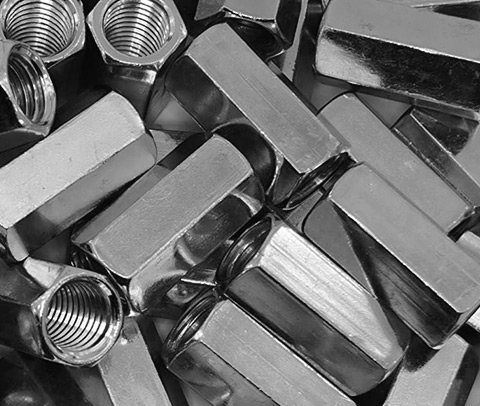Quenching and tempering are heat treatment processes used to enhance the mechanical properties and performance of flange bolts and other steel components. These processes are often applied to achieve specific hardness levels, strength, and toughness, depending on the requirements of the application. Here's an explanation of the purposes of quenching and tempering in the context of flange bolts:
1. Quenching (Hardening):
Purpose: The primary purpose of quenching is to increase the hardness and wear resistance of the flange bolt's surface while maintaining some degree of toughness in the core.
Process: During quenching, the
flange bolts are heated to a critical temperature (usually above the transformation temperature) and then rapidly cooled by immersing them in a quenching medium, such as oil, water, or a polymer solution. This rapid cooling, known as "quenching," freezes the steel's atomic structure, resulting in a hard but brittle structure.
2. Tempering:
Purpose: The main purpose of tempering is to reduce the brittleness created during quenching while maintaining an acceptable level of hardness. Tempering improves the flange bolt's toughness, ductility, and resistance to impact and shock loading.
Process: After quenching, the flange bolts are heated to a specific temperature, which is lower than the quenching temperature. This controlled heating is followed by gradual cooling in still air. The tempering process allows for the relaxation of internal stresses, redistribution of carbon within the steel, and the formation of fine carbide precipitates. The result is improved mechanical properties.
The combination of quenching and tempering allows manufacturers to achieve a balance between hardness and toughness in flange bolts. The specific temperature and time parameters for both processes can be adjusted to tailor the mechanical properties of the
flange bolts to meet the requirements of the intended application. The goal is to produce flange bolts that are hard enough to resist wear and deformation but not so brittle that they would easily fracture under load.
The choice of heat treatment processes, including quenching and tempering, depends on factors such as the type of steel used, the desired hardness level, the application's load and stress conditions, and the need for resistance to factors like corrosion and fatigue. Proper heat treatment ensures that flange bolts perform reliably and safely in their intended applications.

